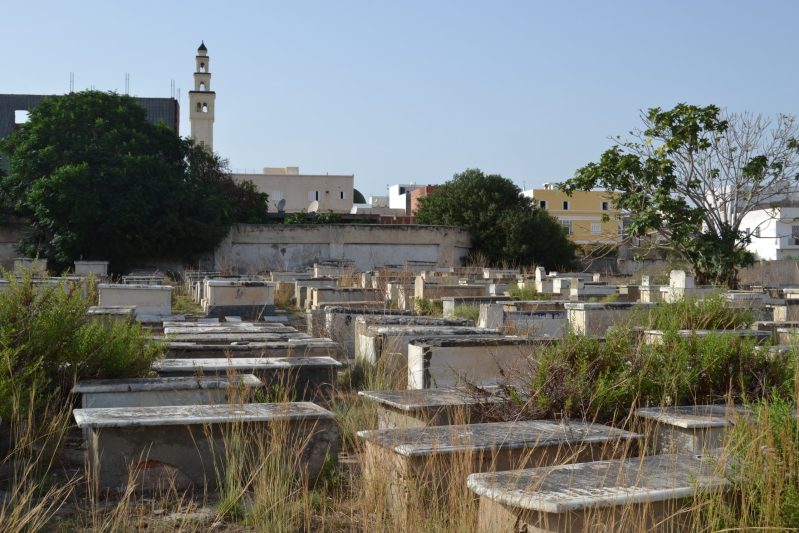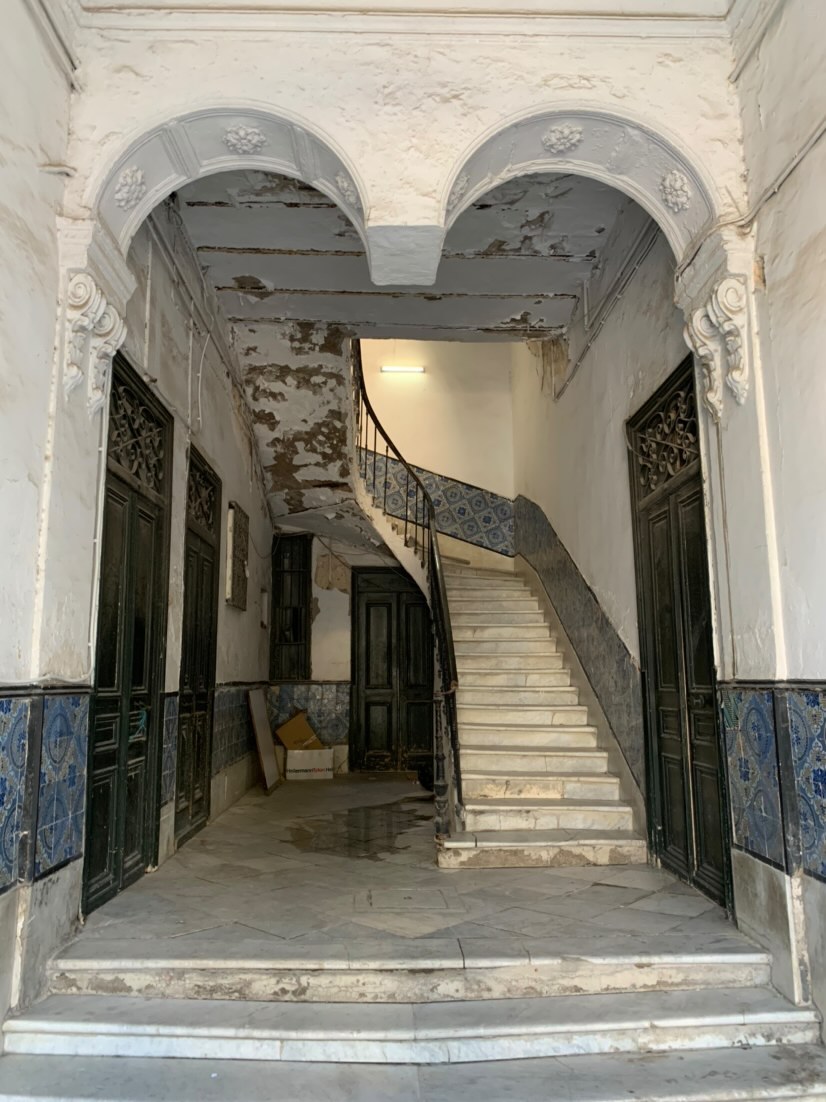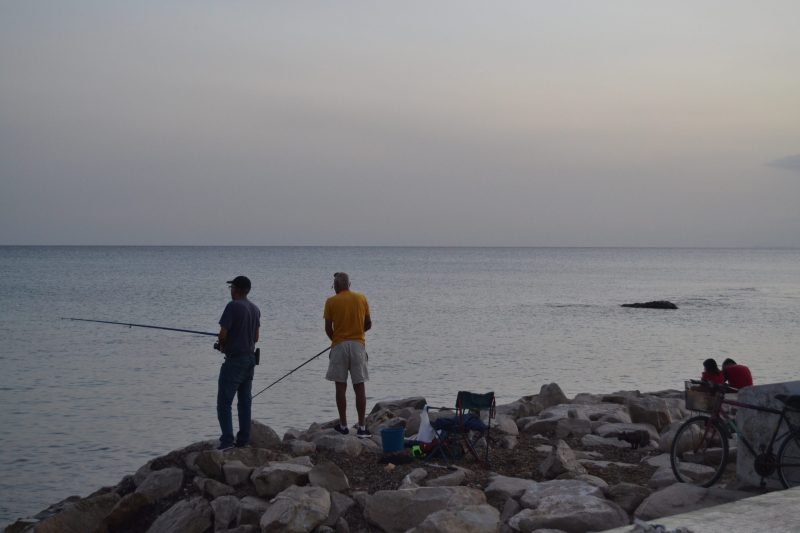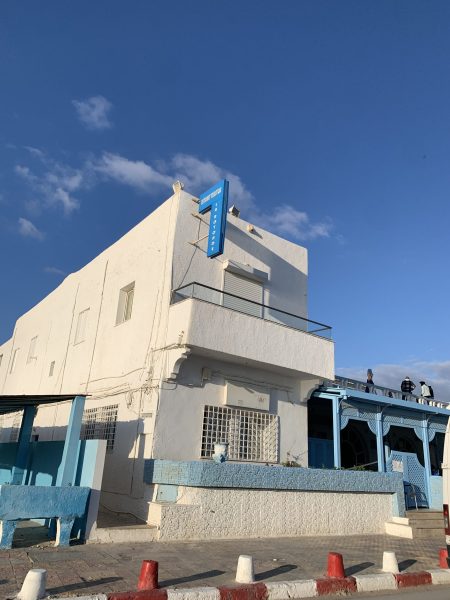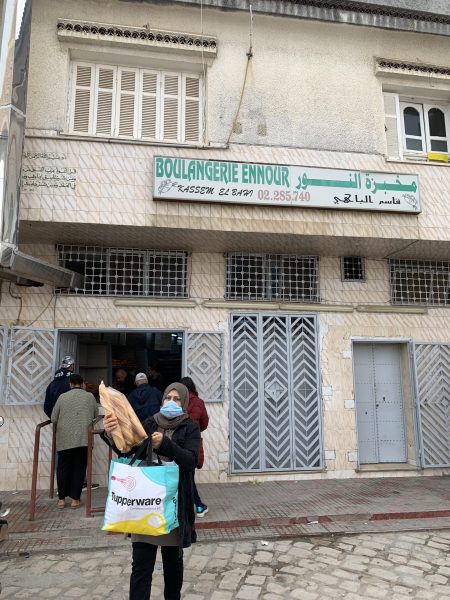

UPDATE: DOCUMENTATION OF JEWISH CULTURAL HERITAGE IN NABEUL, TUNISIA
By Yesmine Abida, B.A., New York University – Abu Dhabi
Within its project on the documentation and preservation of the cultural heritage of ethnic and religious minorities in the Maghreb region, ASOR highlights places that hold significant importance to these minorities and where there are concrete efforts to preserve and showcase this patrimony. In Tunisia, Nabeul is one such place where recent actions by local associations and civil society celebrated and gave homage to the city’s Jewish heritage. Nabeul was once referred to as “Squifat Yerusalem”, which translates from Hebrew to “the Jerusalem Corridor”, a nickname given by Jewish communities in Tunisia to cities that have a significant Jewish presence. This nickname highlights a deep sense of belonging, as its imagery conveys that Nabeul was a small chunk of the Holy Land to its Jewish community. Indeed, the Jewish community was estimated to constitute up to one-third of the city’s population at its highest number in 1946.
This Jewish community dwindled over the years; in 1976, there were 180 Jews in the city, and today, Albert Chiche is the last Jew in the city. While the community no longer exists as a cohesive unit, Jewish Nabeulis in the diaspora continuously engage with their past and are committed to keeping traces of Jewish life in the city. Their efforts in preserving the past are a response to emblems of Jewish history being neglected or erased throughout the city.
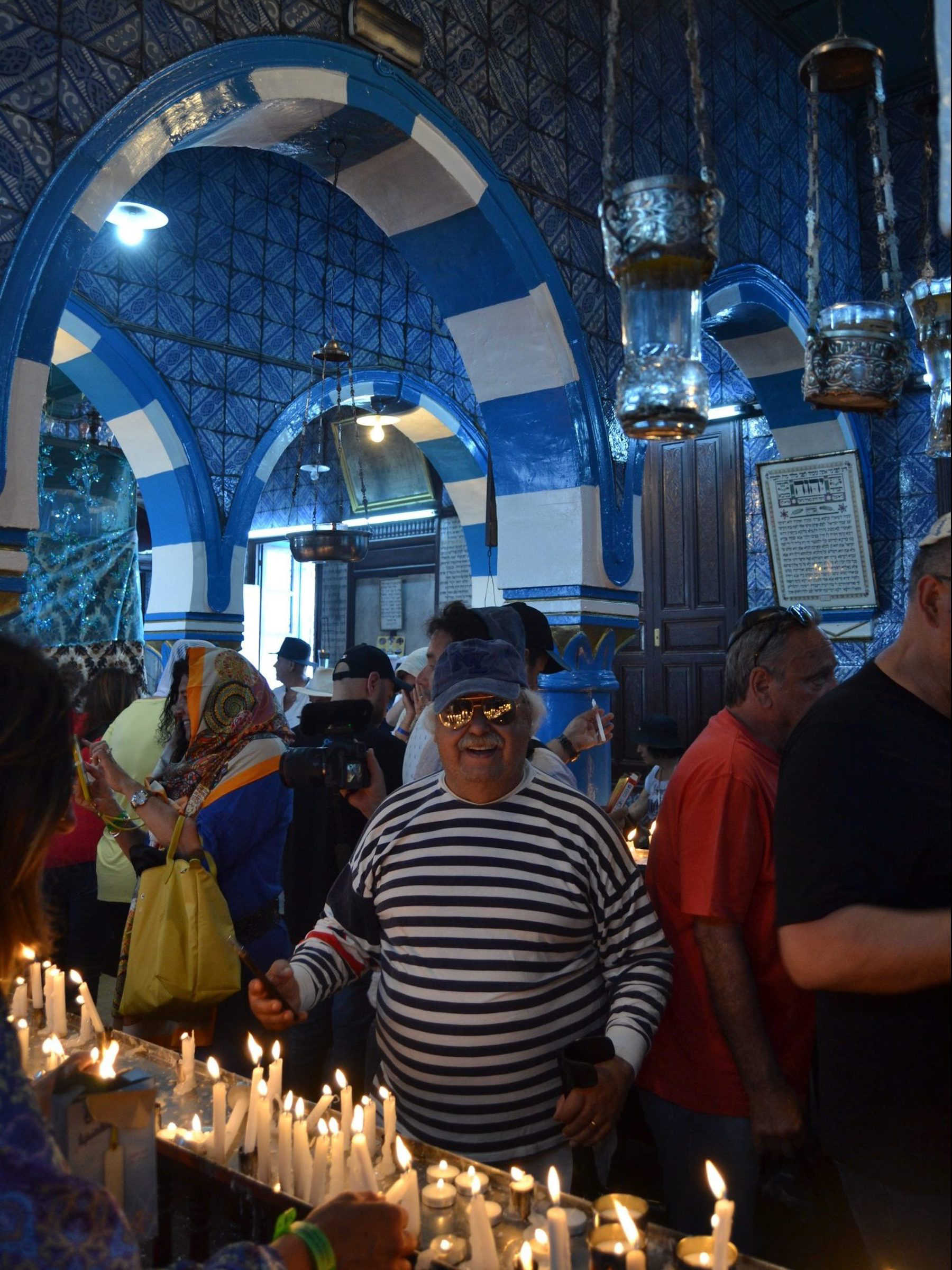
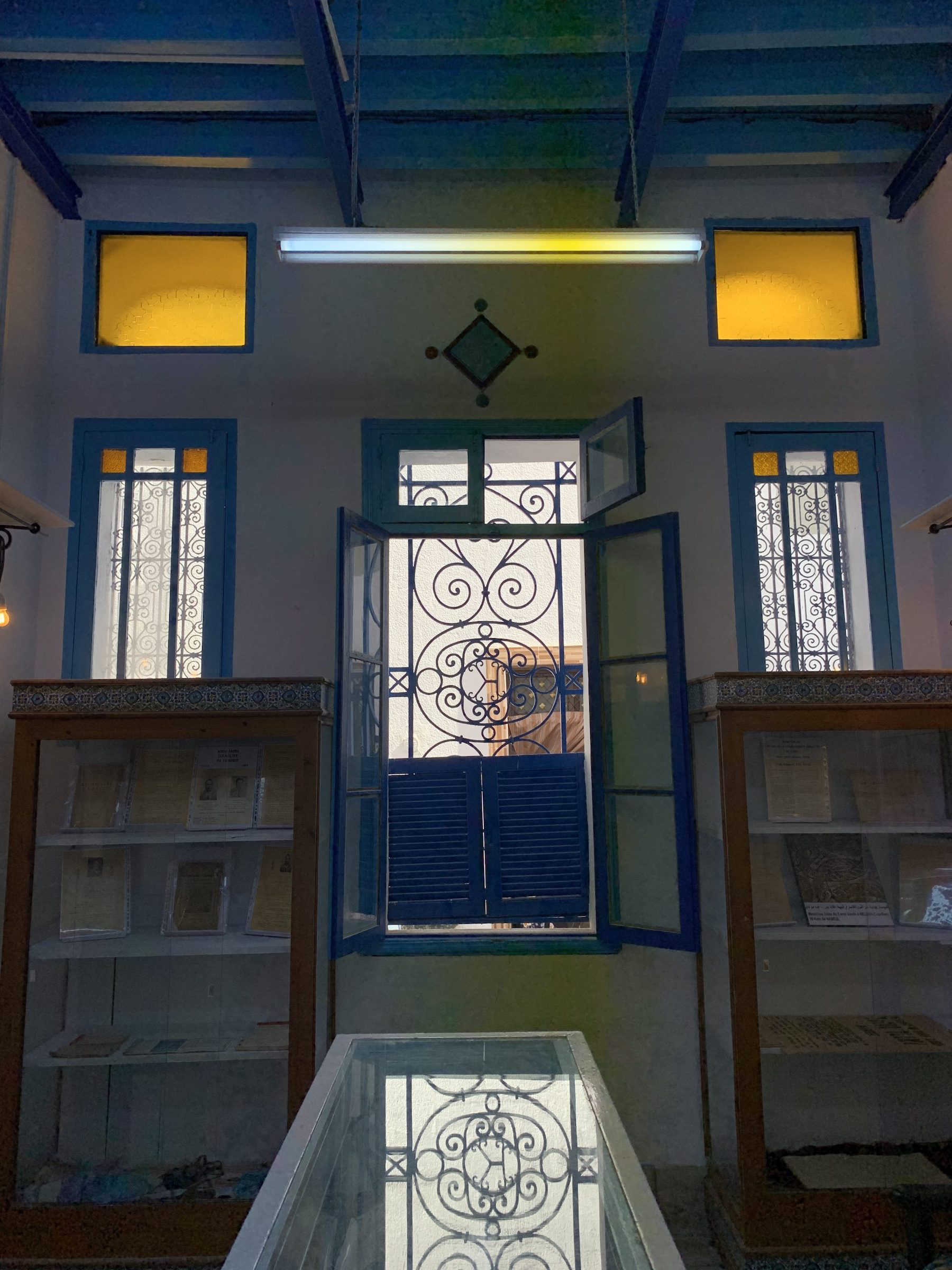
Concerned with the erasure of the built Jewish heritage, I conducted my undergraduate research project at New York University Abu Dhabi on the Jewish community of Nabeul, more specifically the last 50 years of the community as a cohesive unit, as well as the diasporic condition of Nabeul’s Jews. Through my research, I noticed that there was a particular nostalgia associated with interfaith life among both Jews and Muslims. I also observed that the oral histories of interfaith emphasized the urban layout of Nabeul, since there was no Jewish hara (ghetto) in the city. The spatial organization of Nabeul did not reflect the historical pattern of legal and political exclusion that defined the history of Jewish relations with the North African governments that ruled them. There were strictly religious spaces such as mosques, synagogues, and cemeteries, but beyond that, religious affiliation did not define clearly demarcated spatial categories of inherently Jewish or Muslim parts of the cities.
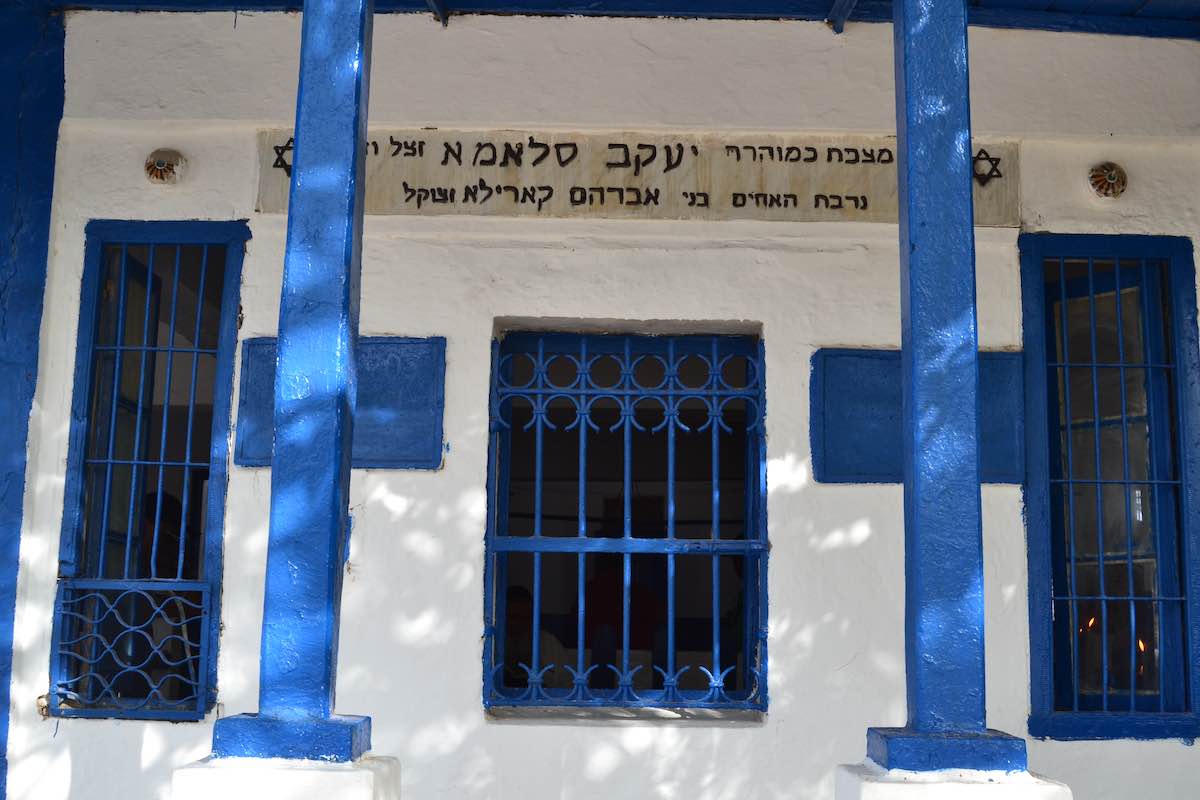
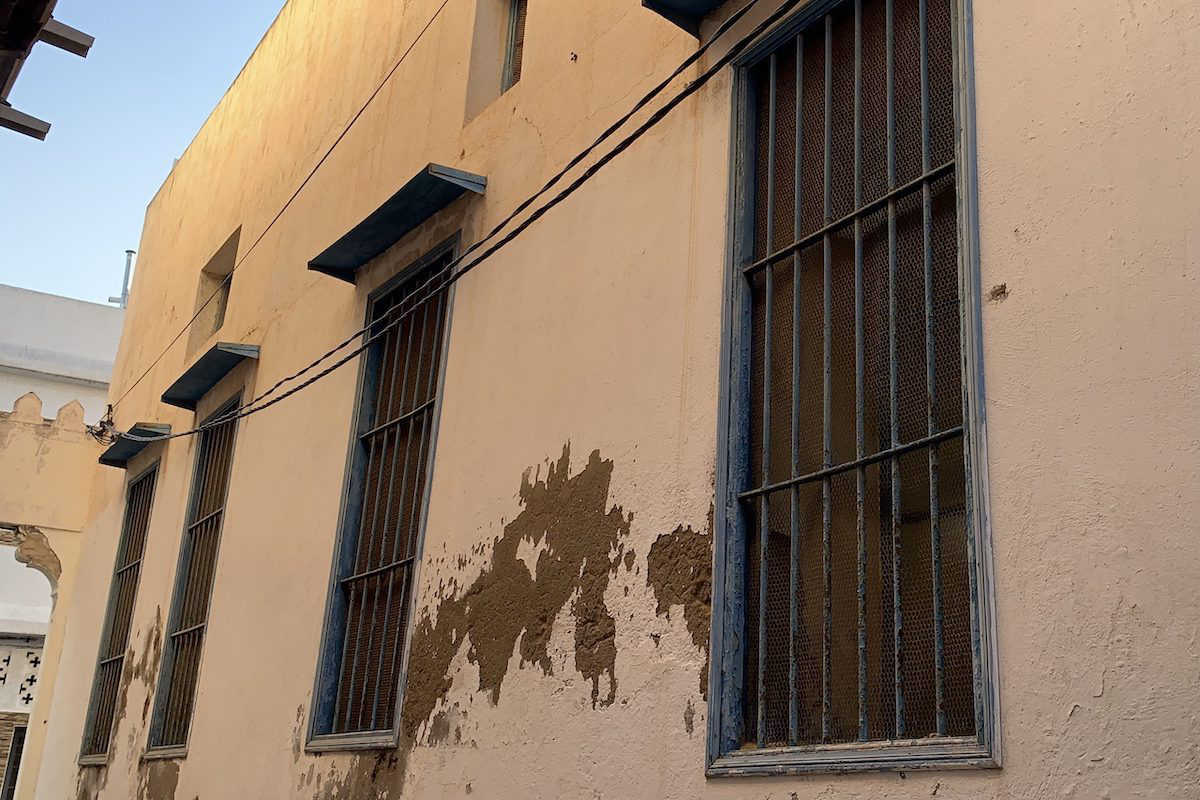
The oral histories of Jewish life often concern members of both religions who were able to share parts of their daily lives together, by associating in businesses, frequenting the same schools, and in some instances, living in the same traditional Arab houses. It was important to me to document these particular locations in my research and for the ASOR project in the Maghreb, as they are significant to the memories and lived experiences of the Jewish community.
After completing my undergraduate research, I was introduced to ASOR’s work in North Africa at the inauguration on August 14th, 2022 of the first space dedicated to the Jewish heritage in Nabeul reported in News@ASOR. The event held on that day highlighted the importance of community, and the closeness between Jews and Muslims in Nabeul. On that day, Nabeul’s residents expressed their nostalgia for the era when both religions had known coexistence and lived in close proximity to one another. A woman claimed she has been storing matzah bread in her freezer for the last fifteen years. Similarly, the daughter of late Kassem el-Behi, the owner of the bakery Kouchat Ennour, remembered that her father who used to give free bread to Jews in exchange for matzah (unleavened bread) during Hanukkah, would also give Jews bread on Shabbat and wait until the next day to be paid since Jews could not handle money while observing the day of rest. The discussions at the end of the event were moving, as not only had it become a tangible way that the Jewish heritage in Nabeul could be remembered but solidified the importance of cultural preservation in holding events concerning communities’ histories.
At the event, I learned about ASOR’s initiative to promote religious and ethnic freedom in Tunisia and Morocco through site documentation, protection, and advocacy. This work is a significant milestone in facilitating interfaith cooperation and communal dialogue, in addition to training members of local communities in heritage documentation (see actions implemented in Tunisia and Morocco). I benefitted from training in KoboCollect and QGIS provided by ASOR’s Cultural Heritage Initiatives (CHI) team to map and document extensively Jewish and interfaith sites in Nabeul.
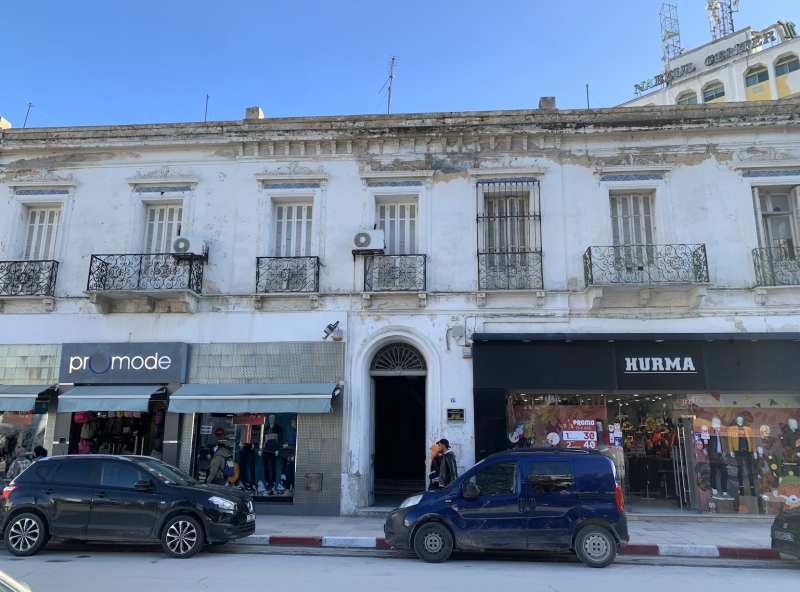
Larger than that, the use of this software can inform local and global communities of the richness and plurality of Tunisian society, by highlighting monuments of ethnic and religious communities. But for Nabeul, it was particularly important because many of these mapped sites carried stories that are still vivid in the inhabitants’ memories but are at risk of disappearing with the passing of those who remembered them. Some of the anecdotes behind the heritage sites are included here. For example, Palais Bonan was the first multi-story apartment complex in the city, built in the 1920s by the Jewish Bonan family. The building was said to be an important part of Jewish life, located in close proximity to the entrance of Nabeul’s medina. The apartment complex housed many Jewish Nabeuli families until the late 1970s and became a place of refuge during the German occupation of Tunisia (November 1942-May 1943). It was said that the inhabitants protected themselves from raids of German soldiers by turning the house into a Capharnaum – they put mattresses all over the place, smothered harissa on their faces, and tore their clothes. At this sight, German soldiers did not know who they were; they just ate what was available in the kitchen and left. The building has been left unchanged since its construction, and now only houses a doctor’s cabinet on the first floor. Similarly, Chez Khemais, founded by Khemais Chiche and Noucha, now known as La Rotonde, is a restaurant on the front of the city’s corniche and was a place known for its interfaith conviviality. It is opposite Tirchet Lihoud, the “rock of coexistence” where young Jews, Muslims, and Christians tanned under the sun, swam and made memories as the buvette blasted the Egyptian diva Umm Kulthum songs.
Against the backdrop of the diasporic condition of Nabeul’s Jews, projects of heritage preservation and advocacy have a significant role in the maintenance of both the Jewish community as well as the interfaith community that existed in Nabeul up until the 1970s. Facebook groups have had an essential role in maintaining community, as they have become a space where individuals are able to find each other and discuss some of these oral histories. That said, it is also important for residents of Nabeul that did not experience interfaith life in Nabeul to be aware of these histories. This is one of the many valuable ways that the accessibility of the information collected and documented by the ASOR CHI project highlights the historical diversity of the city. While urban and heritage preservation projects may not be possible, knowledge of Jewish and interfaith life is indispensable to preserve the history of Nabeul’s Jewish community.
